Singular and Plural for Class 2: Remember that time you saw two fluffy bunnies hopping in the park? How did you address them? If you said, “Look, two bunny!” Then, my friend, it is not how the realm of English grammar works. Don’t worry, even superheroes get things wrong sometimes, especially when they are up against the trickery of words like ‘one’ and ‘many’. But, you can be different. Once you get a hold of the secret powers of singular and plural nouns with the simple examples and fun exercises in this blog; no one can stop you from avoiding those grammar slip-ups. And who knows, maybe you end up outsmarting your fellow schoolmates after finishing this read.
This Blog Includes:
Also Read: Nouns: Examples, Definition, Types
Singular and Plural for Class 2 – Definition
To begin with, imagine yourself alone in a room. It means you are a single person (singular noun) in the room. After a few hours, you get bored and invite two of your friends (plural noun) to play along. Did you notice the impact of numbers between the two situations? If not, then take a look at this standard definition and example of singular and plural for class 2 to know it better.
- Singular Noun: It represents the name of a single person, place, thing, or animal. To elaborate, whenever you mention only one naming word, it is a singular form of noun. For example, one apple, one city, one racket, etc.
- Plural Noun: It addresses the name of more than one person, place, animal or object. Meaning, they are always more in quantity than one. For example, apples, cities, rackets, cats, etc.
Also Read: Countable and Uncountable Nouns
Rules for Changing Singular to Plural for Class 2
Now that you know about what are the singular and plural forms of nouns, here comes the fun part. Master these simple conversion rules and you are done preparing for at least this portion of your English grammar syllabus.
1️⃣ Add ‘s’ to the end of a singular noun to make it plural
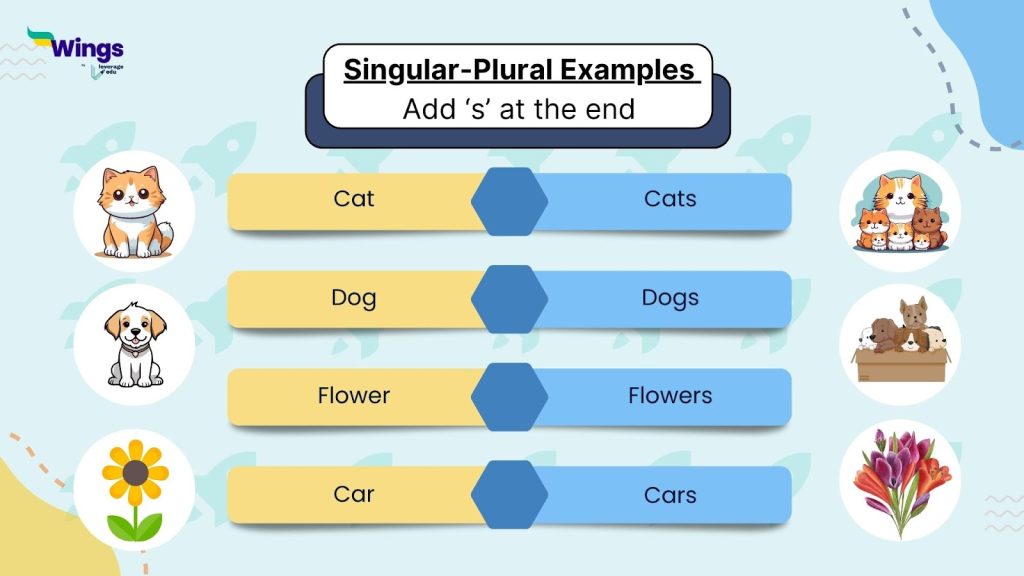
2️⃣ Add ‘es’ for nouns ending in ‘s,’ ‘sh,’ ‘ch,’ ‘x,’ or ‘z’ to pluralise.
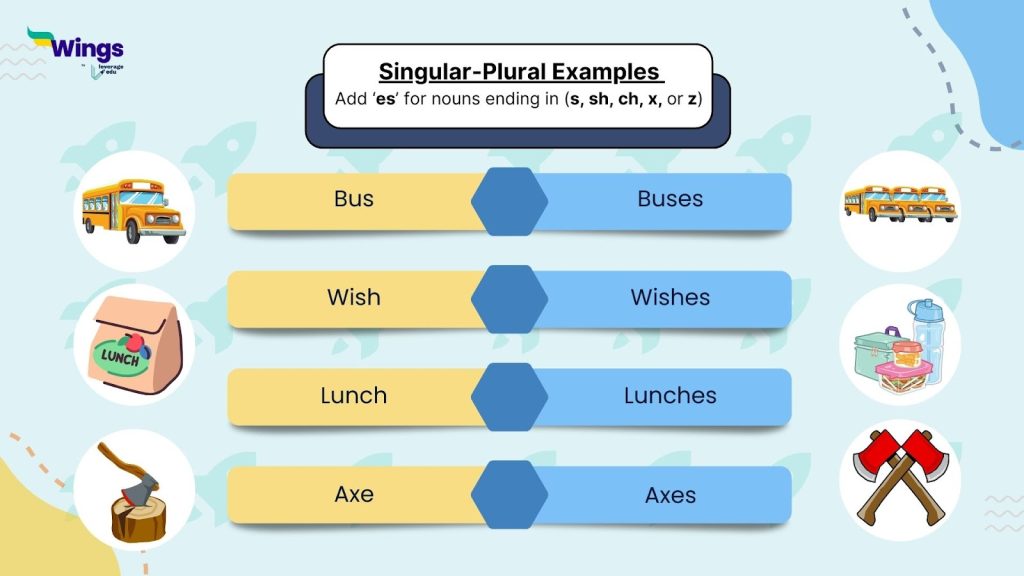
3️⃣ In some special cases (Irregular plurals) you do not need to follow the ‘s/-es’ rules. Take a look at the following examples for better understanding.
- Change the vowel sound
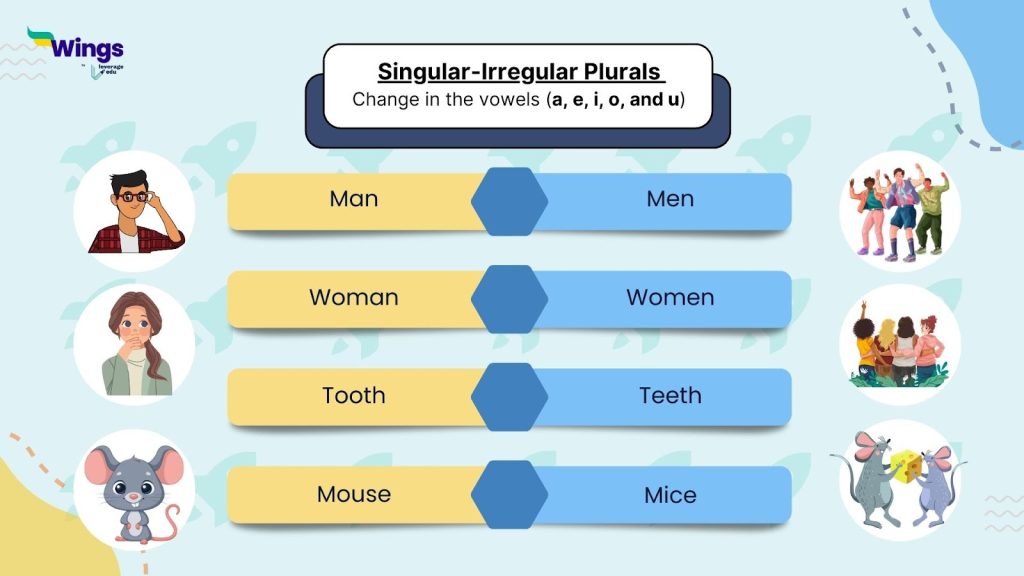
- Change the ending of the noun completely
For Example – Child -> Children, Goose -> Geese
Bonus Rule – Uncountable Nouns don’t change form from Singular to Plural
Unlike the rules you have studied so far, uncountable nouns like water, air, sugar, etc. do not have singular or plural forms. Therefore, you must denote them with words like – much, little, some, a lot, etc.
Singular – Plural for Class 2 Worksheet
Everything said and done, let’s test how far you have come while learning these two types of nouns. All you have to do is download the following singular and plural worksheets and solve them as per the instructions to gain grammar ninja-level confidence.
Worksheet 1 – Circle the Plural Noun
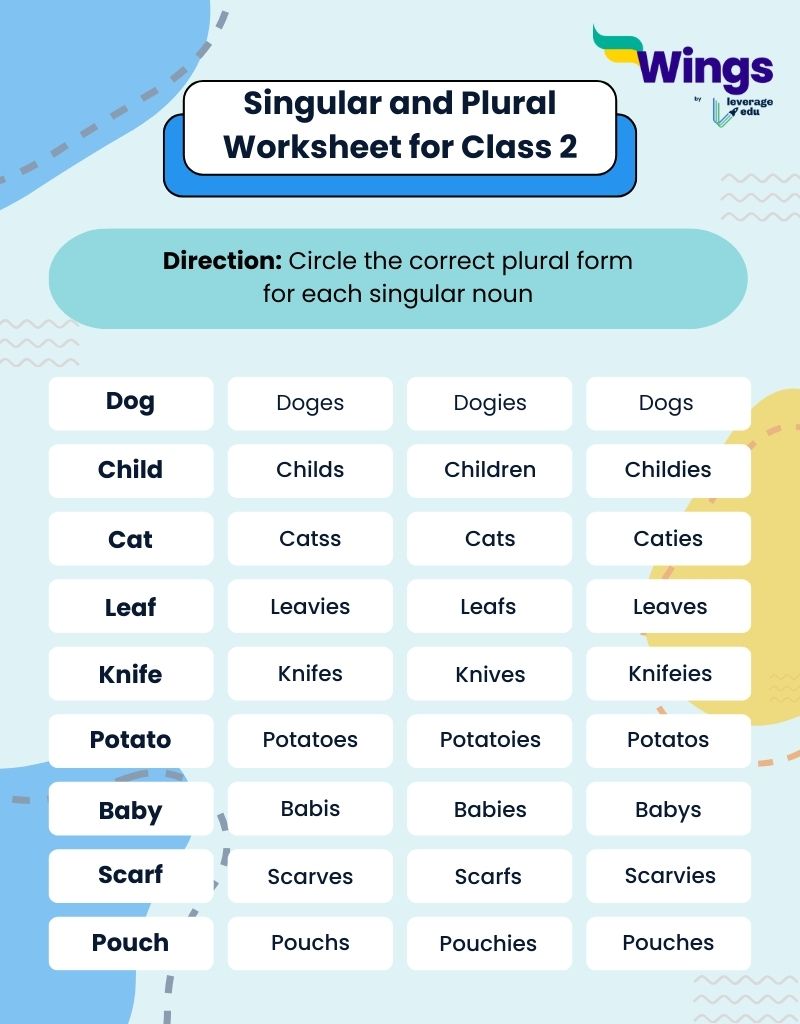
Worksheet 2 – Make it Plural

Explore more reads on nouns below:
| Common Noun | Abstract Nouns |
| What are Singular Nouns? | Plural Nouns |
| Collective Nouns | Compound Nouns |
| What are Material Nouns? | What are Possessive Nouns? |
FAQs
For Class 2 students, you can explain singular and plural like this:
– Singular means one (e.g., cat, ball, tree).
– Plural means more than one (usually by adding -s or -es, e.g., cats, balls, trees).
Here are 20 examples of singular and plural nouns:
Apple → Apples
Ball → Balls
Car → Cars
Dog → Dogs
Cat → Cats
Tree → Trees
Bird → Birds
Chair → Chairs
Book → Books
House → Houses
Bus → Buses
Box → Boxes
Brush → Brushes
Glass → Glasses
Baby → Babies
City → Cities
Lady → Ladies
Leaf → Leaves
Wolf → Wolves
Man → Men
There are different rules for changing singular nouns to plural. Rule 4 generally refers to nouns ending in “-f” or “-fe”, where you change “-f” or “-fe” to “-ves” in the plural form.
The number 50 itself does not have a plural form because numbers are usually used in the same form, whether singular or plural.
However, if you are referring to fifty as a noun (e.g., “There are multiple fifties in my collection”), the plural would be fifties (just like “city” → “cities”).
Here are 10 examples of singular nouns:
Apple
Ball
Dog
Tree
Book
Chair
Bird
House
Car
Flower
This was all about singular and plural nouns for Class 2. Hope you understand the concept and know how to proceed. You can also follow Leverage Edu for more exciting and informative blogs on Learn English.
 One app for all your study abroad needs
One app for all your study abroad needs




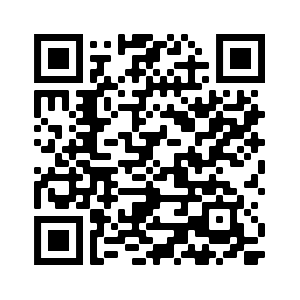


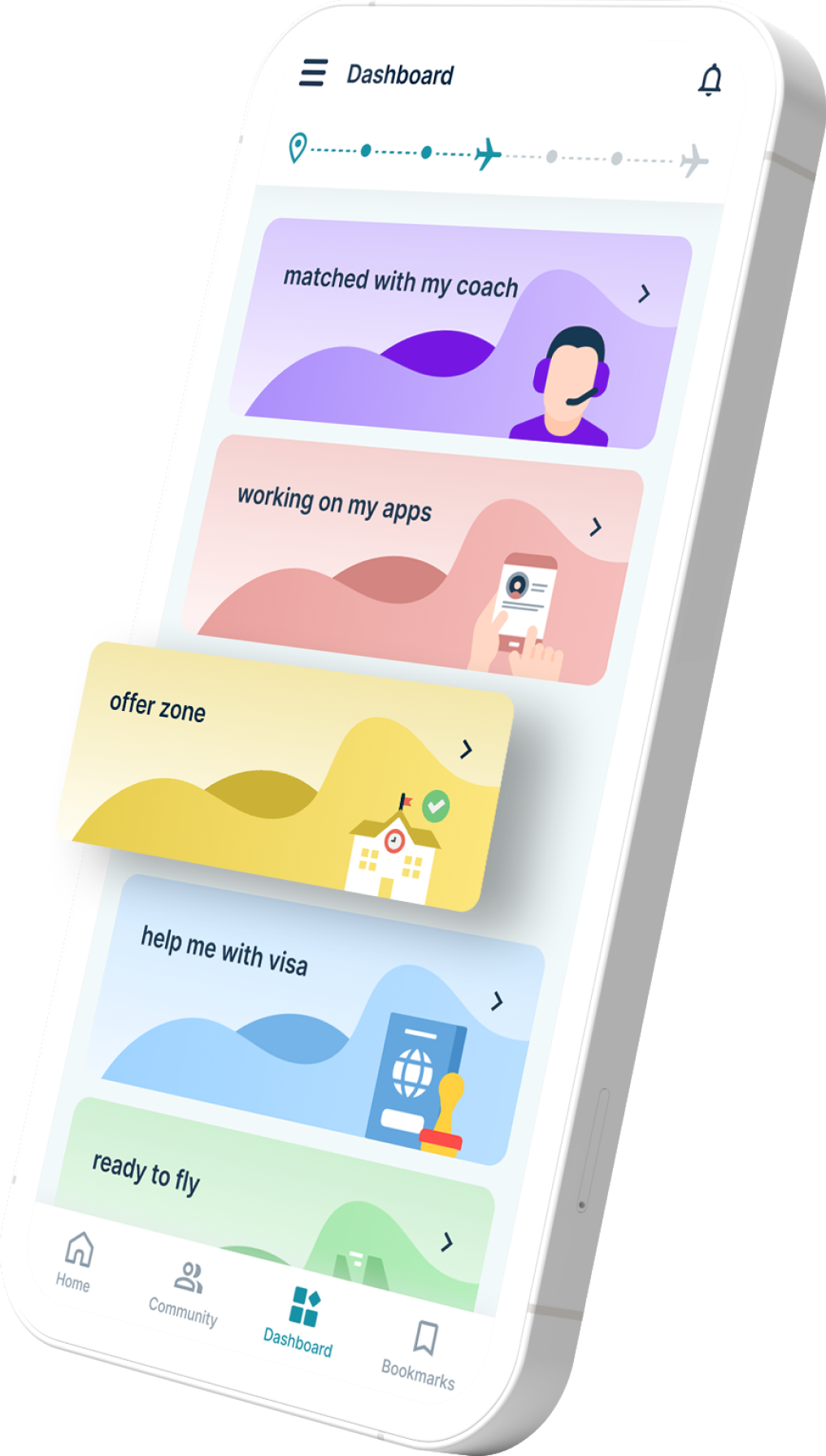






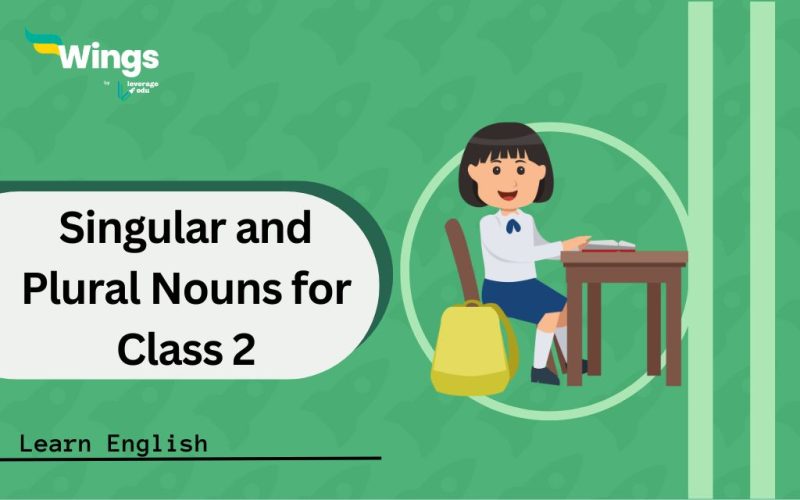
 60,000+ students trusted us with their dreams. Take the first step today!
60,000+ students trusted us with their dreams. Take the first step today!

